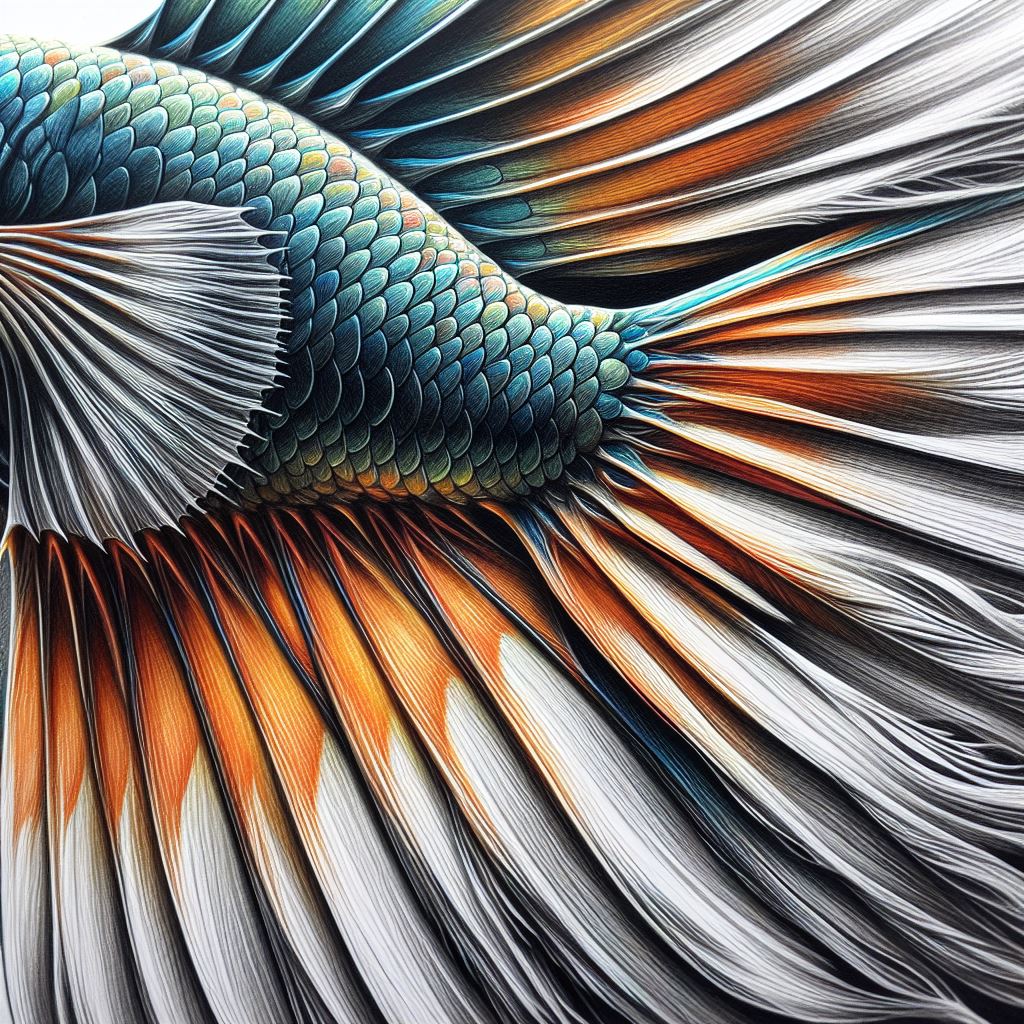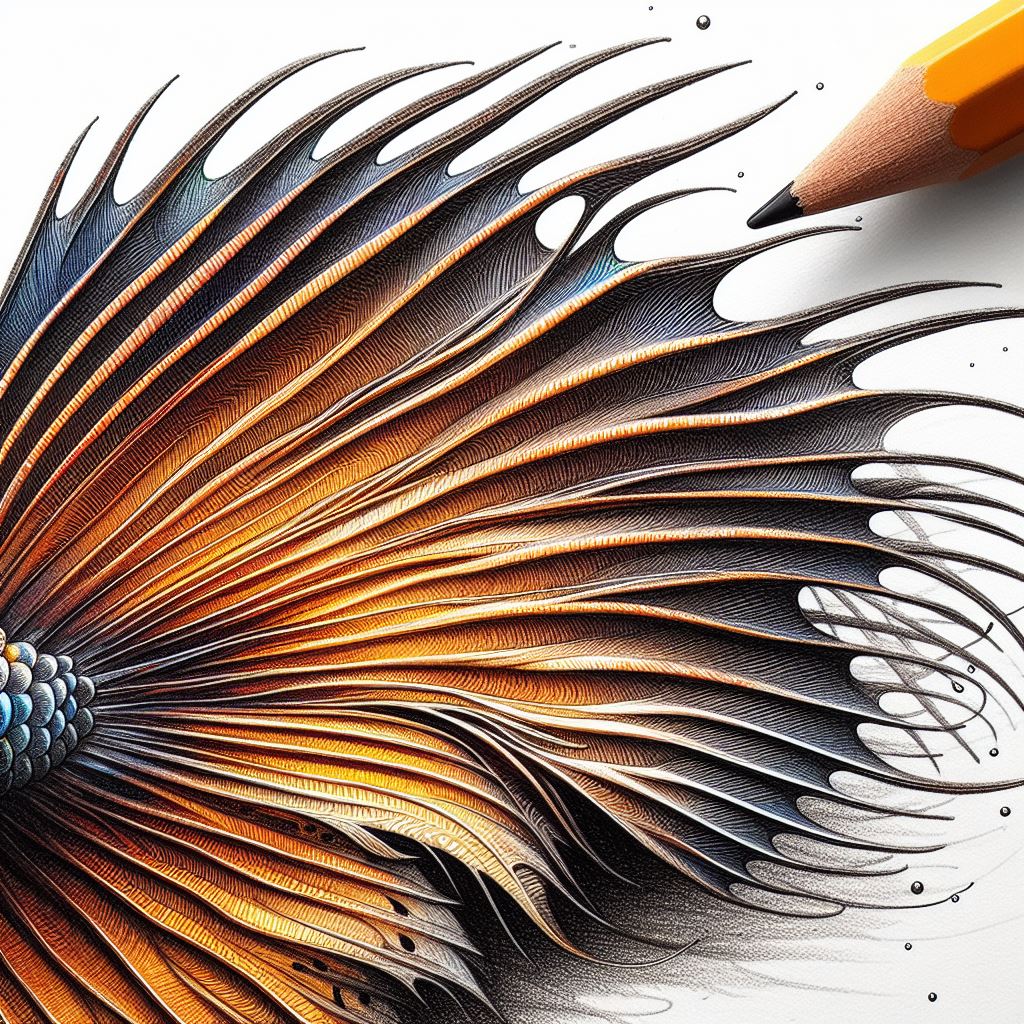Contents
- 1 How combining cutting-edge technology with lessons learned from natural systems, engineers and researchers can create sustainable, intelligent, efficient, and innovative solutions
- 2 Biomimicry is the practice of learning from nature and applying its principles to human design challenges. It is a powerful tool for innovation, as it can inspire novel solutions that are both effective and eco-friendly
- 3 Prof. Aécio D’Silva, Ph.D AquaUniversity
- 4 What is biomimicry and why is it important?
- 5 What is the difference between biomimicry and bioinspiration?
- 6
- 7 What are some examples of biomimicry in action?
- 8 What are the benefits of biomimicry for innovation?
- 9 What are the challenges and limitations of biomimicry for innovation?
- 10
- 11 How can we overcome the challenges and limitations of biomimicry for innovation?
How combining cutting-edge technology with lessons learned from natural systems, engineers and researchers can create sustainable, intelligent, efficient, and innovative solutions
Biomimicry is the practice of learning from nature and applying its principles to human design challenges. It is a powerful tool for innovation, as it can inspire novel solutions that are both effective and eco-friendly
Prof. Aécio D’Silva, Ph.D
AquaUniversity
What is biomimicry and why is it important?
Biomimicry is the science and art of emulating nature’s best ideas to solve human problems. It is based on the premise that nature, made by the intelligent design of the Creator of everyone and everything, has already solved all the challenges we face today, such as energy efficiency, water conservation, waste management, and resilience. By observing how nature works, we can learn from its strategies and adapt them to our own needs.
In this post Intelligent Collaborative of algaeforbiofuels, we discuss why biomimicry is important because it can help us create more sustainable and innovative solutions that are in harmony with the environment. It can also foster creativity and curiosity, as it encourages us to look at nature with a fresh perspective and discover new possibilities. Biomimicry can also enhance our appreciation and respect for nature, as we realize its value and wisdom.
What is the difference between biomimicry and bioinspiration?
Biomimicry and bioinspiration are both approaches that take inspiration from nature to solve human problems, but they differ in the degree of fidelity and abstraction they use. The first involves copying or imitating natural structures and functions as closely as possible, while bioinspiration involves learning from the principles and mechanisms of nature and applying them in novel ways. For example, the skin of sharks is adorned with minuscule flat scales, known as dermal denticles, which resemble teeth more than traditional fish scales. These denticles play a vital role in reducing drag and turbulence, enabling sharks to swim faster and more silently. A biomimetic design would try to replicate the shape and texture of a shark’s skin to reduce drag, while a bioinspired design would use the idea of micro-patterns to create a surface that inhibits bacterial growth.
Biomimicry tends to focus on the form and appearance of natural models, while bioinspiration tends to focus on the function and performance of natural models. Biomimicry can be seen as a subset of bioinspiration, as it is a more specific and direct way of emulating nature. For example, a biomimetic design would try to replicate the shape and texture of a shark’s skin to reduce drag, while a bioinspired design would use the idea of micro-patterns to create a surface that inhibits bacterial growth. Biomimicry can be seen as a subset of bioinspiration, as it is a more specific and direct way of emulating nature. [1,2,3]
What are some examples of biomimicry in action?
Biomimicry has been applied to various fields and domains, such as architecture, engineering, medicine, transportation, and agriculture. Here are some examples of biomimicry in action:
- The Shinkansen bullet train in Japan was inspired by the kingfisher bird, which can dive into water without making a splash. By mimicking the shape of the bird’s beak, the engineers reduced the noise and air resistance of the train, making it faster and more efficient.
- The Velcro fastener was inspired by the burdock plant, which has tiny hooks that attach to animal fur. By mimicking the structure of the plant, the inventor created a reusable and versatile fastener that can be used for various purposes.
- The Lotus Sanitation System was inspired by the lotus flower, which has a self-cleaning surface that repels dirt and water. By mimicking the nanostructure of the flower, the researchers created a low-cost and water-saving sanitation system that can prevent the spread of diseases in developing countries.
- The Biomimetic Prosthetic Hand was inspired by the human hand, which has a complex and flexible structure that can perform various tasks. By mimicking the anatomy and function of the hand, the engineers created a prosthetic hand that can restore the sense of touch and movement for amputees. [4]
What are the benefits of biomimicry for innovation?
Biomimicry can offer many benefits for innovation, such as:
- It can provide a source of inspiration and ideas that are novel, diverse, and tested by nature.
- It can enhance the performance and efficiency of the solutions, as nature’s designs are optimized for their functions and environments.
- It can reduce the environmental impact and cost of the solutions, as nature’s intelligent designs are often biodegradable, renewable, and resource-efficient.
- It can foster collaboration and interdisciplinary learning, as biomimicry requires the integration of different fields and perspectives. [5, 6]
What are the challenges and limitations of biomimicry for innovation?
Biomimicry can also pose some challenges and limitations for innovation, such as:
- It can be difficult to identify and translate the relevant features and functions of nature’s designs to human applications.
- It can be complex and time-consuming to replicate and test the solutions, as nature’s designs are often intricate and dynamic.
- It can be ethically and legally problematic to exploit and patent nature’s designs, as they belong to the common heritage of humanity and other species.
- It can be risky and unpredictable to introduce the solutions to new contexts and scenarios, as they may have unintended consequences and side effects. [7]
How can we overcome the challenges and limitations of biomimicry for innovation?
To overcome the challenges and limitations of biomimicry for innovation, we can adopt some strategies, such as:
- We can use a systematic and holistic approach to biomimicry, such as the Biomimicry Design Spiral (described on another post), which consists of four steps: Identify, Biologize, Discover, and Emulate. This can help us to define the problem, find the relevant biological models, learn from their strategies, and apply them to our solutions.
- We can use a collaborative and interdisciplinary approach to biomimicry, such as the Biomimicry 3.8 Network, which connects biomimics from different fields and regions. This can help us to share knowledge, resources, and experiences, and to learn from each other’s perspectives and expertise.
- We can use an ethical and responsible approach to biomimicry, such as the Biomimicry Ethos (Ethos, an ancient Greek word meaning “character,”), which guides us to respect, protect, and restore nature. This can help us to acknowledge the value and rights of nature, to avoid harming or exploiting it, and to contribute to its conservation and regeneration. [8]
In summary, Biomimicry is a promising and exciting way to foster creativity and innovation. By combining cutting-edge technology with lessons learned from natural systems, engineers and researchers can create sustainable, efficient, and innovative solutions that can benefit humanity and the planet.
References
[1] https://www.wur.nl/en/Dossiers/file/Biomimicry-Bio-inspired-Design.
[2] https://www.degruyter.com/document/doi/10.1515/pac-2021-0323/html.
[3] https://slate.com/technology/2014/10/biomimicry-and-bio-inspiration-inventions-based-on-geckos-lotus-porcupine-parasites
[4] Benyus, J. M. (2002). *Biomimicry: Innovation inspired by nature*. Harper Perennial.
[5] Biomimicry 3.8. (n.d.). *What is biomimicry?* Retrieved from https://biomimicry.org/what-is-biomimicry/
[6] Biomimicry Institute. (n.d.). *Examples of biomimicry*. Retrieved from https://asknature.org/examples/
[7] Zari, M. P. (2018). *Biomimicry for design: A guide to ecological thinking*. Routledge.
[8] https://link.springer.com/chapter/10.1007/978-3-030-74326-0_2.






